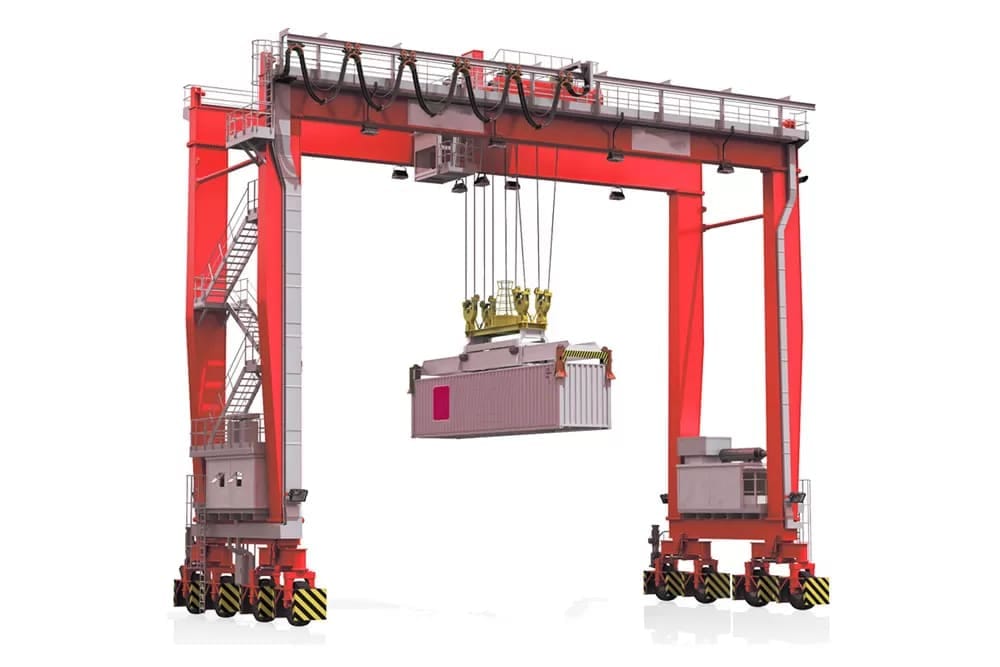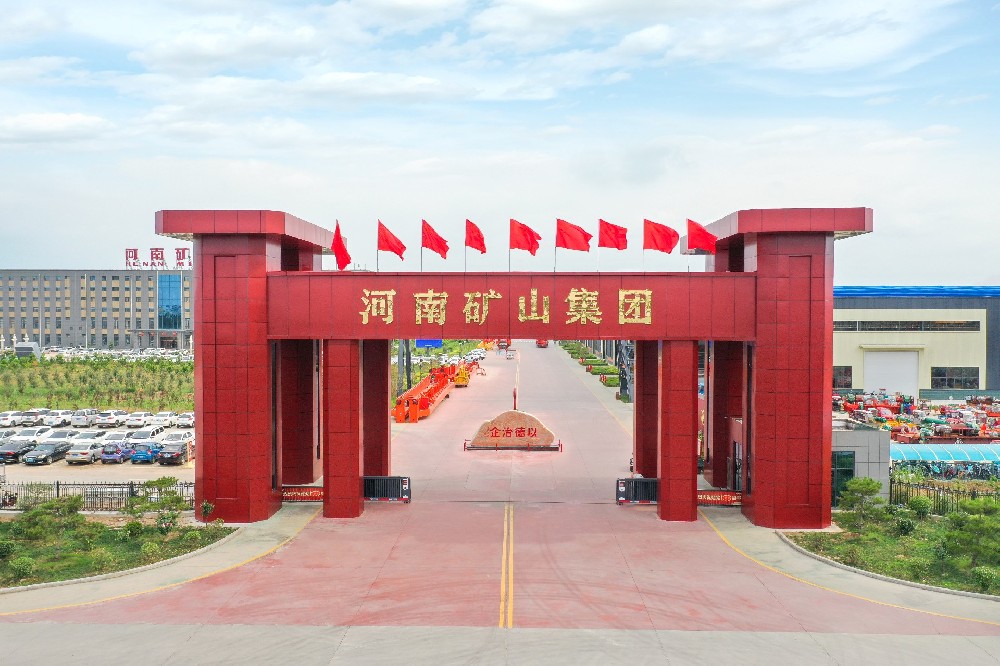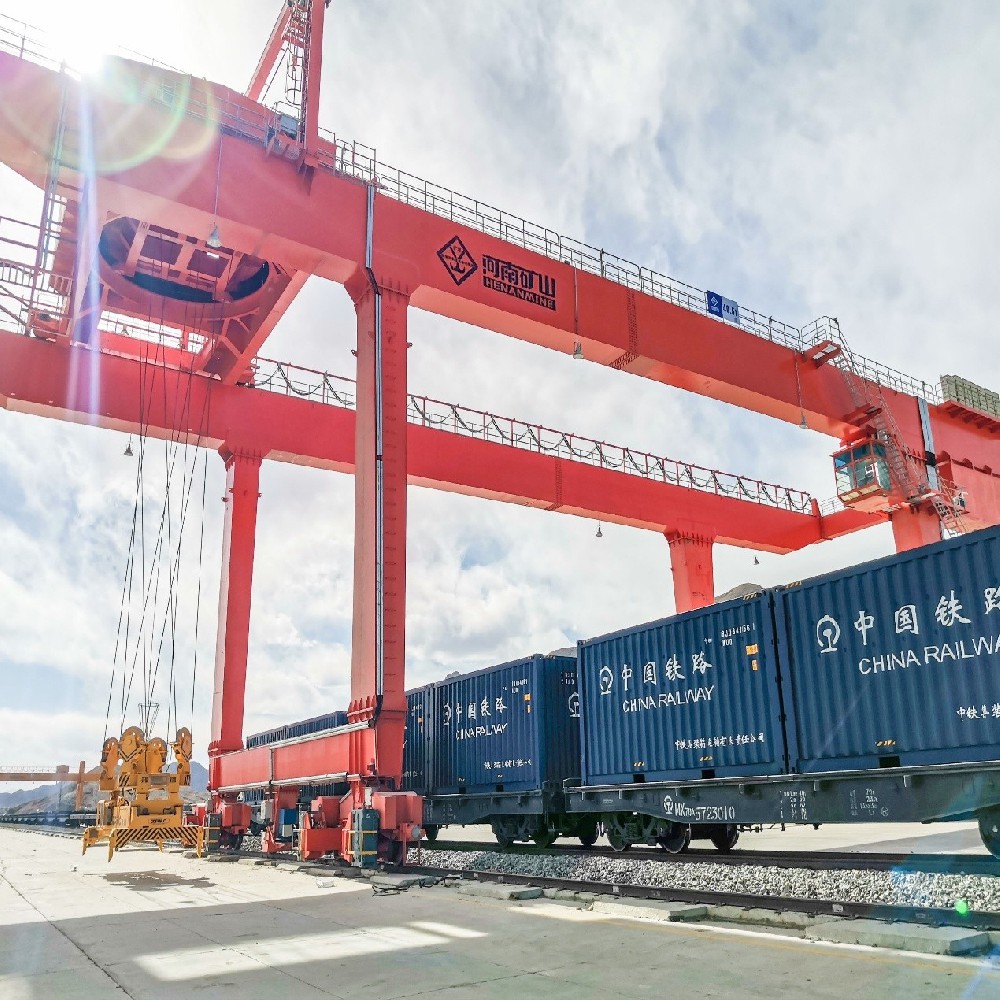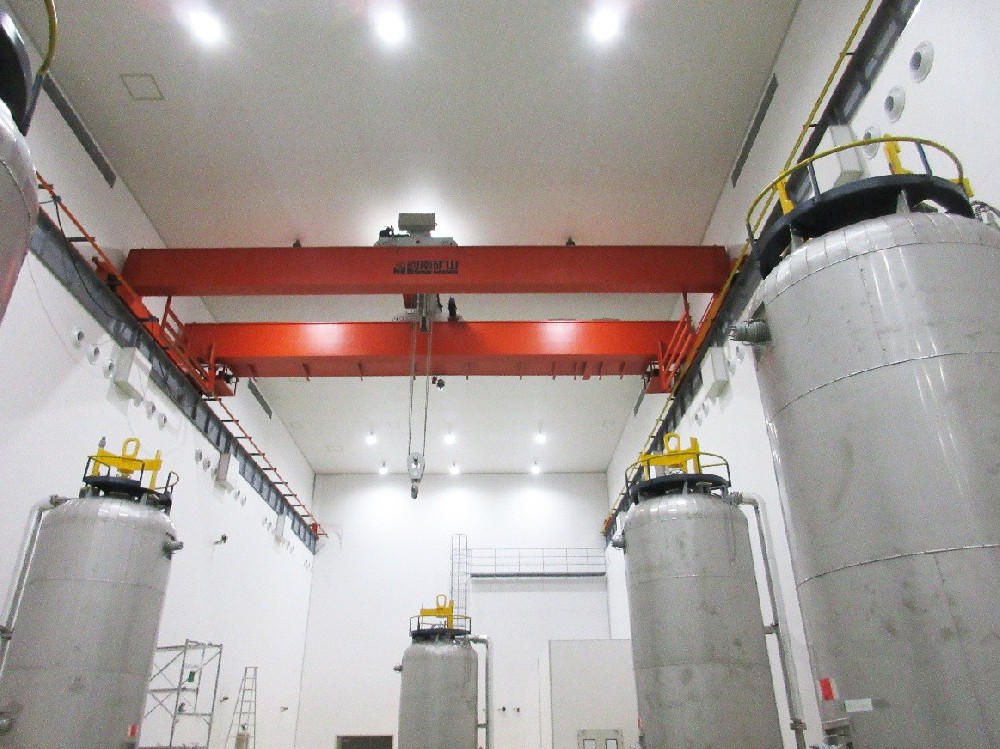- Cast Crane: The Industry's Power Tool for High-Temperature, Heavy-Load Applications
-
Release Time:2025-08-08 11:37:17Share:
In high-temperature industrial production processes, there is a type of crane that, thanks to its outstanding high-temperature resistance, super-strong load-bearing capacity, and precise controllability, has become the core equipment for lifting molten metal and heavy castings—the cast crane. This specialized lifting equipment, designed for extreme conditions, is not a generic product but a customized crane tailored to specific industries. Let me take you through the core advantages of the casting crane and the industries where it is indispensable.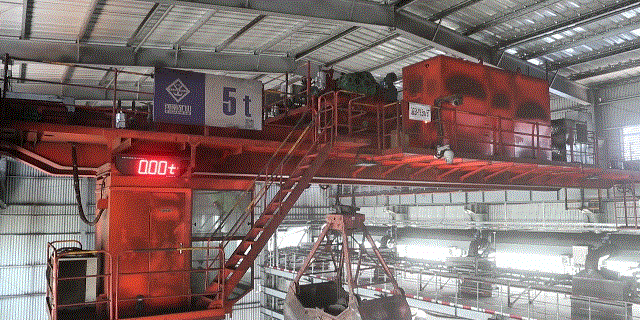
The Core Features of the Casting Crane
The casting crane’s ability to perform reliably in harsh environments stems from its targeted design:
High-temperature protection: From the hook assembly to electrical components, all parts use high-temperature-resistant materials and protective structures. For example, the hook pulley assembly is fitted with an insulating cover to prevent direct exposure to molten metal radiation heat; motors and cables are specially designed to withstand temperatures above 150°C, ensuring stable operation in environments nearing 100°C.
Heavy-duty steel frame: The main beam is made of high-strength low-alloy structural steel, formed through an integral welding process, with deformation resistance far exceeding that of ordinary cranes. It can withstand a rated lifting capacity of hundreds of tons and withstand the impact of eccentric loads from steel ladles.
Dual safety measures: The hoisting mechanism is standardly equipped with dual motors, dual brakes, and dual reducers, forming a “triple redundancy” safety system. Even if one system fails suddenly, the other can immediately activate, preventing fatal accidents such as the steel ladle falling; additionally, it is equipped with a load limiter, travel limiter, and emergency stop button to comprehensively control risks.
Precise control: Utilizing variable frequency speed control technology, the hoisting and travel speeds can be infinitely adjusted between 0-10 m/min. Combined with high-precision encoders, the positioning error of the steel ladle can be controlled within ±30 mm, meeting the precise requirements for pouring and transportation.
Core application industries for cast-type cranes
Steel Smelting Industry: The Lifeline of Steel Production
In steel mills' steel production workshops, casting-type cranes serve as the critical link between converters, electric arc furnaces, and continuous casting machines, undertaking the most dangerous yet core operation—molten steel transportation.
Converter Workshop: After the converter completes steelmaking, the casting crane uses specialized lifting equipment to lift the ladle filled with 1600°C molten steel, transport it smoothly to the position above the continuous casting machine, precisely align it, and complete the pouring. At this point, the crane must withstand the high temperatures radiated by the molten steel while bearing the weight of the ladle, which can reach tens of tons. Even the slightest vibration could cause molten steel to splash.
Electric arc furnace workshop: In addition to transporting molten steel, the casting crane must also lift scrap steel baskets and precisely feed the scrap steel into the electric arc furnace. Due to the uneven density of scrap steel, the crane's hoisting mechanism must have excellent load adaptation capabilities to prevent the basket from tilting and causing scrap steel to fall out.
In the steel industry, the performance of casting cranes directly determines steelmaking efficiency and production safety, making them indispensable core equipment.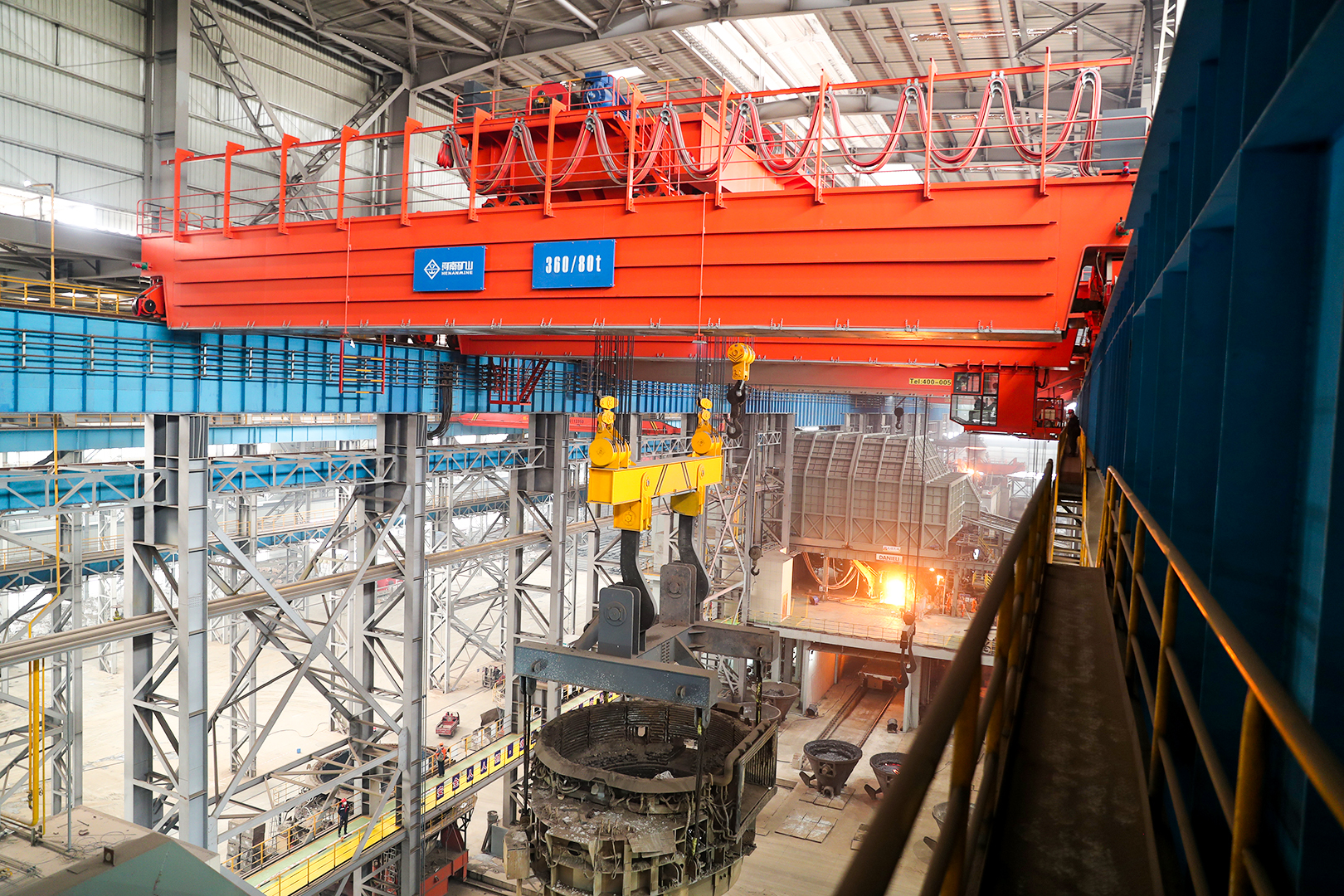
Non-ferrous metal smelting industry: Handling high-temperature molten metals
In the smelting of non-ferrous metals such as copper, aluminum, and zinc, the transportation of molten metals like copper and aluminum also relies on casting cranes, particularly in the casting workshop.
Copper smelting: In the reverberatory furnace or flash furnace workshops of pyrometallurgical copper smelting, casting cranes lift anode furnaces filled with 1,100°C copper water and transport them to casting machines to complete the casting of anode plates. Due to the strong corrosiveness of copper water, the contact areas between the lifting equipment and the copper water containers must be made of high-temperature alloy materials to prevent corrosion failure.
Aluminum smelting: In the casting workshop of an aluminum electrolysis plant, cranes must transport molten aluminum produced by electrolysis cells to a mixing furnace for composition adjustment before transferring it to a casting rolling mill. At this stage, cranes must not only withstand high temperatures but also withstand corrosion from hydrogen fluoride gas in the workshop. Therefore, the metal structure must undergo corrosion-resistant treatment, and the electrical system must be sealed to prevent dust ingress.
Non-ferrous metal smelting is highly continuous, and the stable operation of casting cranes is a prerequisite for maintaining production rhythm.
Heavy machinery casting industry: Assistants in forming large castings
In foundries producing large machine tool beds, wind turbine hubs, engine blocks, and other heavy castings, casting cranes participate in the entire process from molten iron transportation to casting lifting.
Sand casting: The crane lifts molten iron at 1,400°C from the cupola furnace to the sand mold, using micro-motion control to ensure smooth pouring and prevent molten iron splashes from damaging the mold. After the casting cools, the crane uses a hook to lift the casting, weighing tens of tons, from the sand mold and transport it to the cleaning process.
Precision casting: For high-precision castings in fields such as aerospace and nuclear power, casting cranes must work with robotic arms to complete pouring, using programmable control to achieve automated operations and reduce errors caused by human intervention.
In the heavy casting industry, the positioning accuracy of cranes directly affects the quality of castings, and the precise controllability of casting cranes meets this requirement.
Nuclear power equipment manufacturing industry: The safety guardian of special castings
In the manufacturing process of nuclear power equipment (such as reactor pressure vessels and steam generators), large cast steel components weighing hundreds of tons are involved in pouring and handling. These components have extremely high safety requirements, and casting cranes are the only equipment that meets the standards.
Nuclear power casting pouring: In specialized foundry workshops, cranes lift giant molten steel containers and pour special molten steel into large sand molds. During this process, the lifting speed must be strictly controlled (typically ≤5 m/min) to prevent molten steel impact from causing the sand mold to collapse.
Castings transportation: After the castings are formed, cranes use specialized balancing lifting devices to remove them from the sand molds and transport them to heat treatment furnaces. Since nuclear power castings must not have even minor damage, the crane's operational stability must meet the “zero impact” standard.
In the nuclear power sector, the safety performance of casting cranes must pass multiple certifications, and their reliability directly impacts the quality standards of nuclear power equipment.
Henan Mining: Experts in Customized Casting Cranes
Casting cranes have unique application scenarios and require extremely high adaptability. Henan Mining specializes in the field of special-purpose cranes, providing fully customized solutions tailored to the high-temperature, heavy-load, and corrosive operating conditions of various industries:
Industry-specific design: Customizing double-beam cast cranes with insulation layers for steel mills, developing corrosion-resistant cast cranes for non-ferrous metal plants, and providing ultra-heavy-duty cast cranes compliant with ASME standards for the nuclear power sector, ensuring precise alignment with industry requirements.
Enhanced Safety Standards: All casting cranes have passed the National Quality Inspection Bureau's special equipment type testing. The hoisting mechanism features a “dual braking + dual limit switch” design, and all critical welds undergo 100% non-destructive testing to minimize risks.
Full-cycle service support: From site surveys, design solutions, installation, and commissioning to regular maintenance, Henan Mining's technical team provides comprehensive support throughout the entire process, ensuring the equipment remains in optimal condition.
Whether in steel, non-ferrous metals, heavy casting, or nuclear power equipment manufacturing, casting cranes are essential equipment for high-temperature, heavy-load applications. Choosing a professional manufacturer ensures that the equipment truly becomes a productivity booster and a guardian of safety. Henan Mining is committed to leveraging its technical expertise to safeguard high-temperature operations across all industries.
